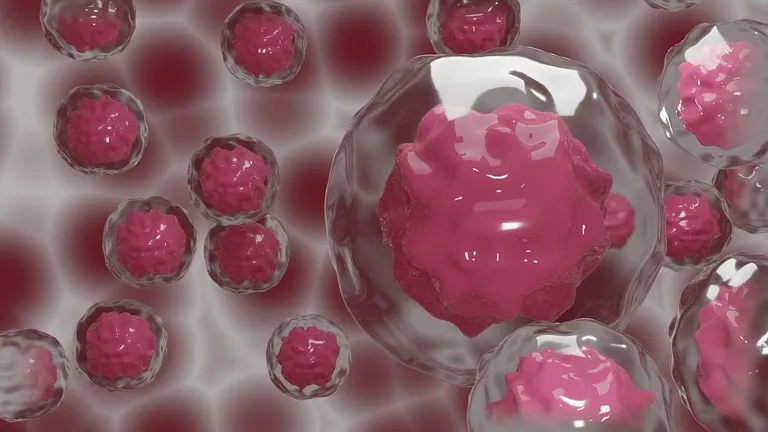Understanding Evolution With Human-Monkey Chimeras

Chimeras are organisms composed of at least two genetically distinct cell lineages originating from different zygotes.
source
Basically, chimeras are a combination of genetically different cells in a single organism. The interaction between the normal cells and that of the genetically altered cells are then assessed in biological systems.
A mutant can give a better understanding on the function of altered genes and how it affects the animal. Scientists have long used mouse chimeras to carry out laboratory investigations on gene mutation/functions, cell lineages and cellular processes.
The use of mouse chimeras in genetic experiments is ethical compared to using other mammals. Monkeys however, are the closest mammals to humans and scientists have taken it up a notch by using monkey chimeras.
Scientists in the United States and China have developed a technology that allows monkey embryo grow and stay alive outside the body for an extended period of time. For the research, the monkeys were injected with human cells that were gotten from a line of cells known as extended pluripotent stem cells. Human cells were detected in 132 embryos on the first day and by day 19, there were only 3 chimeras still surviving.
The study was an attempt to figure out the barriers of human-animal chimeras using a closely related specie on evolutionary basis. The outcome might give a better understanding of human development and evolution in general. Although the use of test monkeys is argued to be unethical, it brings a new light to human chimerism in species that are evolutionarily distant.
Here's a journal reference of this research.
Cover image - Pixabay.com